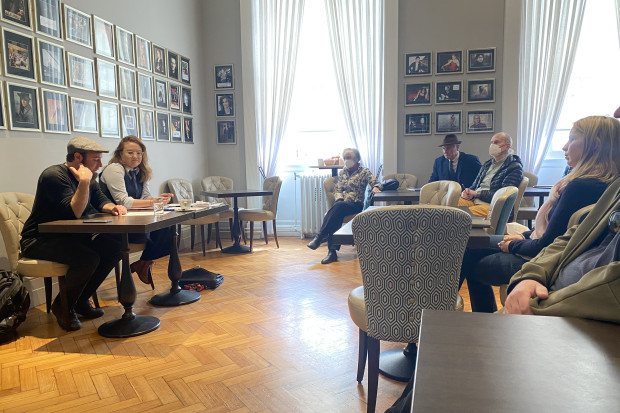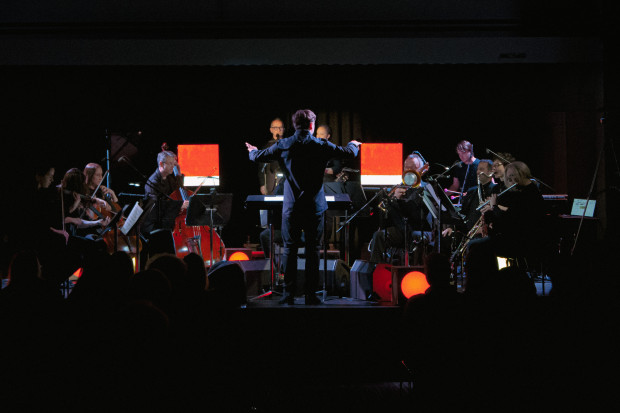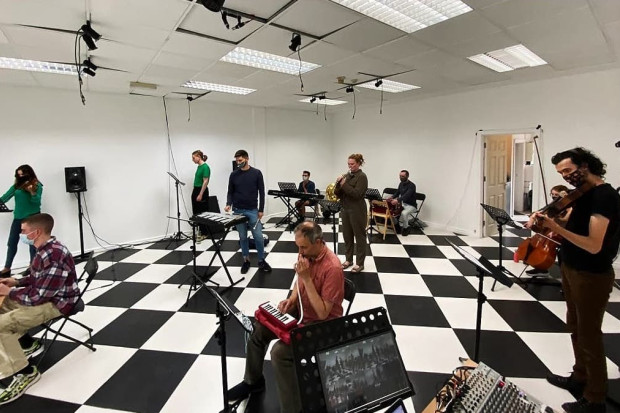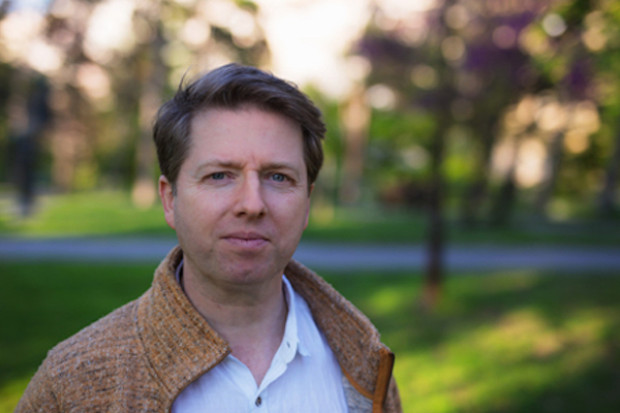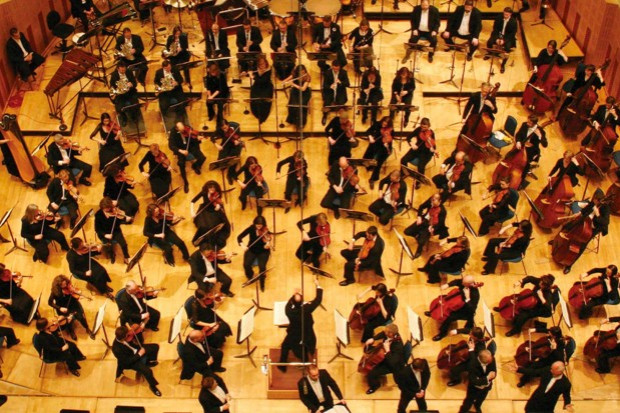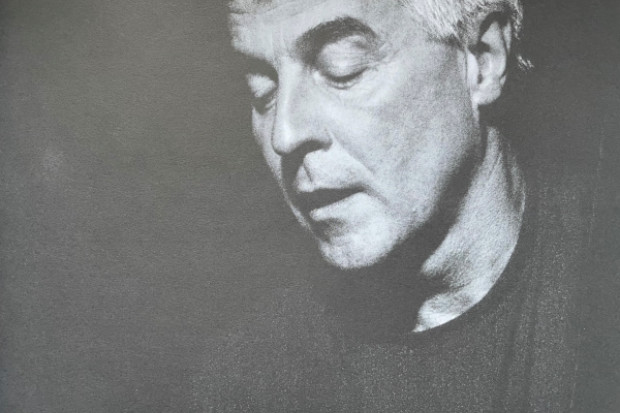Live Reviews: Crash Ensemble: Solos & Multiples
Crash Ensemble: ‘Solos & Multiples’
Crawdaddy, Dublin
10 September 2006
It was good to see that the Crash Ensemble hasn’t lost their rogue spirit as resident ensemble to the O’Reilly Theatre on Denmark Street. Indeed, they seemed to relish the opportunity to perform in Dublin’s strangest venue (beneath the old Harcourt Street station), moreover a rock venue, and to have the audience crosslegged on the floor, pint in hand (much the way it started out – apparently – in 1997). The production remained professional as ever and we were offered some marvellous performances. I left hoping – perversely, perhaps – that I might see Crash at this venue again soon.
Xenakis’ Rébonds for solo percussion made for a thrilling opener: for all its potential to become a cheap imitation of ethnic musics, it never strays from its own, uncertain path. Nor does it vaunt its quietly shimmering polyrhythmic complexities. Giacinto Scelsi’ solo clarinet work Ixor is harmonically simple: almost a series of ornamented melodic fifths. And yet there is a compelling harmonic ambiguity, most memorably when a ‘stacked’ fifth and third motif is repeatedly stated. The excessive addition of reverb was not to everbody’s favour, although it added a celestial quality to the performance, especially on a high upwards glissando, which seemed to have ascended into oblivion.
Kate Ellis is obviously comfortable performing Steve Reich’s Cello Counterpoint, and her playing is always sympathetic to the prerecorded cellos coming through the PA. After a number of hearings now, however, the piece itself sounds a little too comfortable. The brevity of the repeated cells enforces a basic and limited contrapuntal writing, eliminating the need for the clairvoyance so primary to coventional counterpoint, like reducing the game of chess to one square within which nothing moves.
Performer Malachy Robinson explained the essential formal idea of Schattentiefe, Ian Wilson’s new double bass piece, as analogous to sculpture. The first part of the performance is recorded live and then played back with new material – as if viewing a sculpture from one side and then another. Musically the first half consisted mostly of discrete, short ideas, whereas the second half was more lyrical (like Shostakovich without the drama). The second part was also higher in register, thus balancing out the low-register textures of the first part, emphasised by the detuned bass strings. To my ears – and extending the analogy – the creative process was ongoing: the composer sculpts one piece and then another, with reminiscence of past actions. The composer does not disguise the influence of his ‘taste’. Yet somehow, like in the music of Morton Feldman, this does not irritate, or seem overcooked. Perhaps it is a matter of focus.
There was something quite bizarre about the performance of Helmut Lachenmann’s Pression for solo cello. Such a serious piece – and delivered with all the required enthusiasm – battled with the ringing of cash registers at the bar, a dull hum from the streets and an akwardly influential amplification. Pression is really a chapter in a history of ‘extended technique’, by now tedious, but the new environment certainly did something to blow off some of the dust.
The Irish première of Kevin Volans’ two-piano work Cicada was a rare treat, with guest performances from Jill Richards and the composer himself. The music occupied that place that is near stasis, but not quite. I heard it as a frozen ragtime. The two performers were deeply synchronous – you could see it and hear it: one couldn’t tell the pianos apart – most notably in a rising four-note melody. If Wilson’s perspective involves changing the (aural) position of the listener by placing his material in a new context, Volans leaves everything where it is, but allows it – through the gentlest transformations, especially of the tempo – to rotate a little on its axis. By rights Cicada could have continued its orbit for all time; it came and went without any sense of importance.
Anyone present at the Crash Ensemble’s spectacular Living Music Festival performance of the late James Tenney’s Having Never Written A Note For Percussion was surely curious to hear it in this much smaller venue. (Tenney notates a single tremeloed note, on which one is to crescendo, then diminuendo – to ‘swell’ in the composer’s own terms. Instrumentation, duration, and pitch are unspecified.) Paradoxically, a larger setup was employed. In the February performance we heard three gongs (including two gamelan instruments) arranged symetrically across the front of the O’Reilly Theatre stage. In Crawdaddy, Crash now had two tam-tams, one wind gong, one crash cymbal and one ride cymbal placed, seemingly, wherever they would fit: on the stage, off the stage, some facing the venue’s angular brick walls. Despite the use of a stopwatch, the piece came down faster than it went up, a phenomenon Tenney repeatedly observed in performances of this piece. I had always assumed there was a psychological explanation for this, but perhaps it is psychoacoustic, or a bit of both? Not every musician swelled at the same rate. This may have been unintentional – a number of the performers were non-percussionists – but the result was a constantly shifting perception of sound origin. Varying intensities of attack paired with this perceptual shift begat a dense interaction of harmonics, causing melodic patterns to occur, transform, dissappear and reappear. It seemed there was no rush to applaud: the ensuing silence became a de facto remembrance of one of our centuries’ most elegant thinkers.
Published on 1 November 2006
Benedict Schlepper-Connolly is a composer and a director of Ergodos, a production company and record label. schlepperconnolly.com












